This article explains how to delete browsing data in Google Chrome.
Google Chrome is a web browser developed by Google that runs on multiple platforms. It shares the same codebase as Microsoft Edge, making the two browsers nearly identical in their basic functionalities.
Google Chrome browser data consists of the information that your browser collects and stores while you use it. This data includes the websites visited, your preferences, login information, and temporary files that help web pages load more quickly.
For autofill purposes, it can also store information you’ve entered into online forms, such as names, addresses, and credit card details.
If you use Chrome across multiple devices while signed in, your browser data, such as bookmarks, history, and settings, can be synchronized between those devices.
You can remove some or all of your browser data from the Chrome settings page. Follow the steps below to delete your browser data in Chrome.
Delete browser data in Chrome
Users can use Chrome’s settings page to delete some or all of their browser data.
Here’s how to do it.
First, open the Google Chrome browser.
Then, click on the Customize and Control (3 vertical dots button) in the top right corner and select Settings.
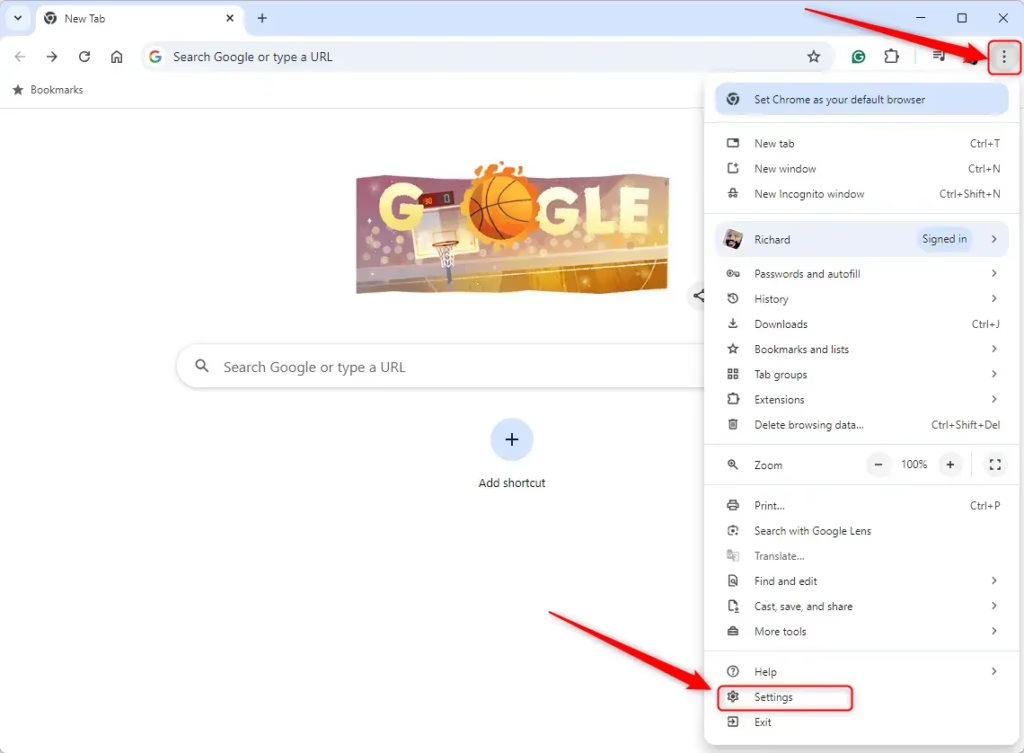
Click the “Privacy and security” link on the left menu on the Settings page.
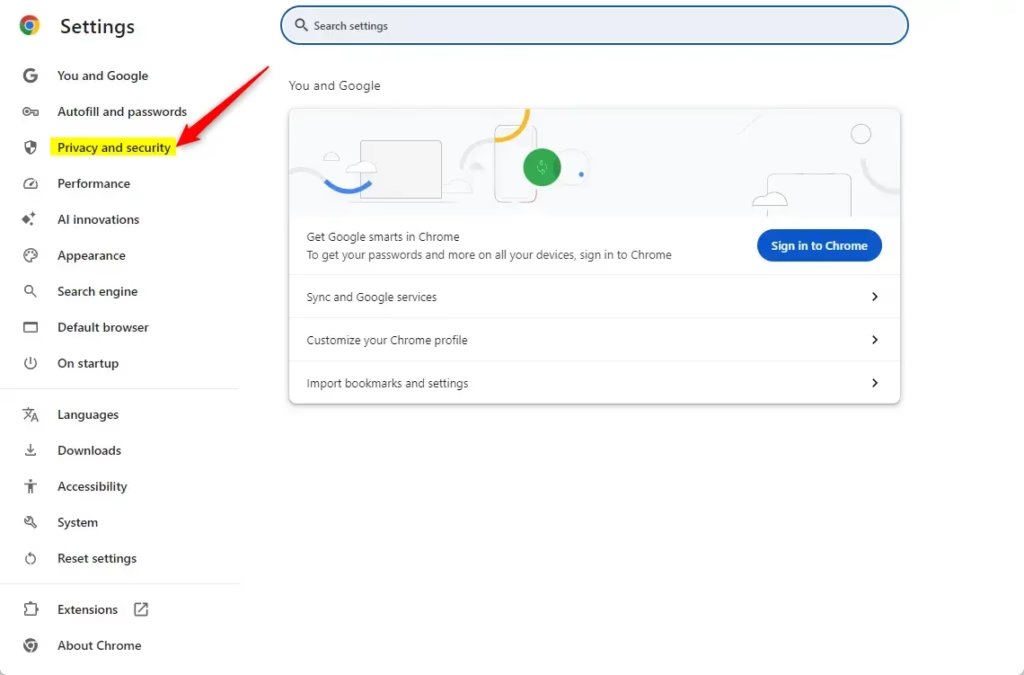
On the right, click the “Delete browsing data” tile to expand it.
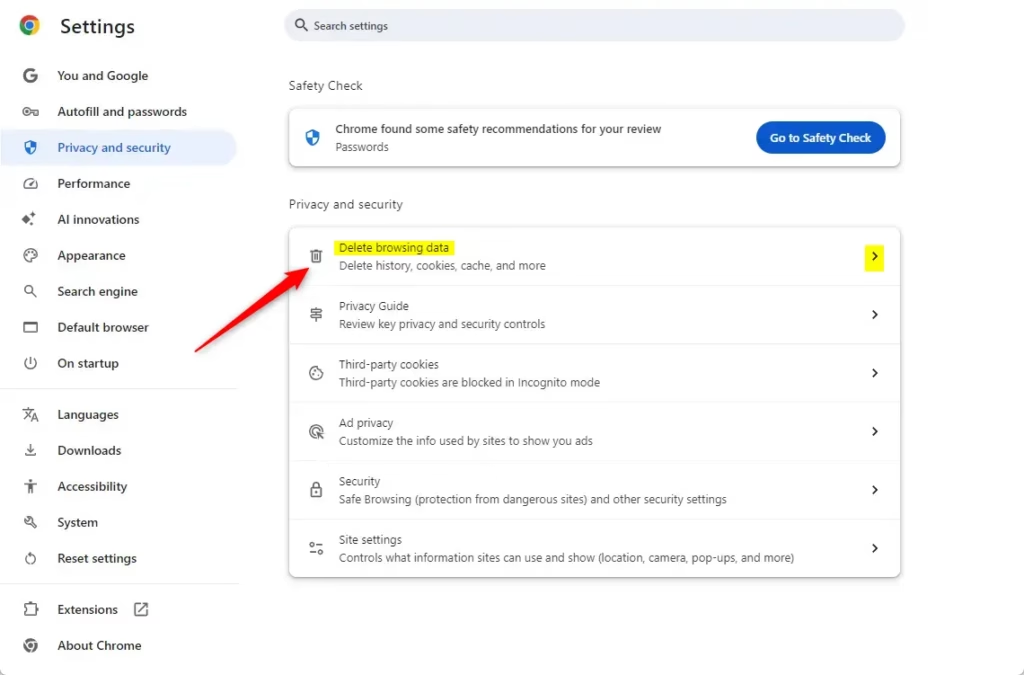
Under Basic, choose the data and time range you want to delete. Basic data includes [browsing history], [Cookies and other site data], [Cached images and files].
The time frame you can choose to delete are [Last hour], [Last 24 hours], [Last 7 days], [Last 4 weeks], and [All time].
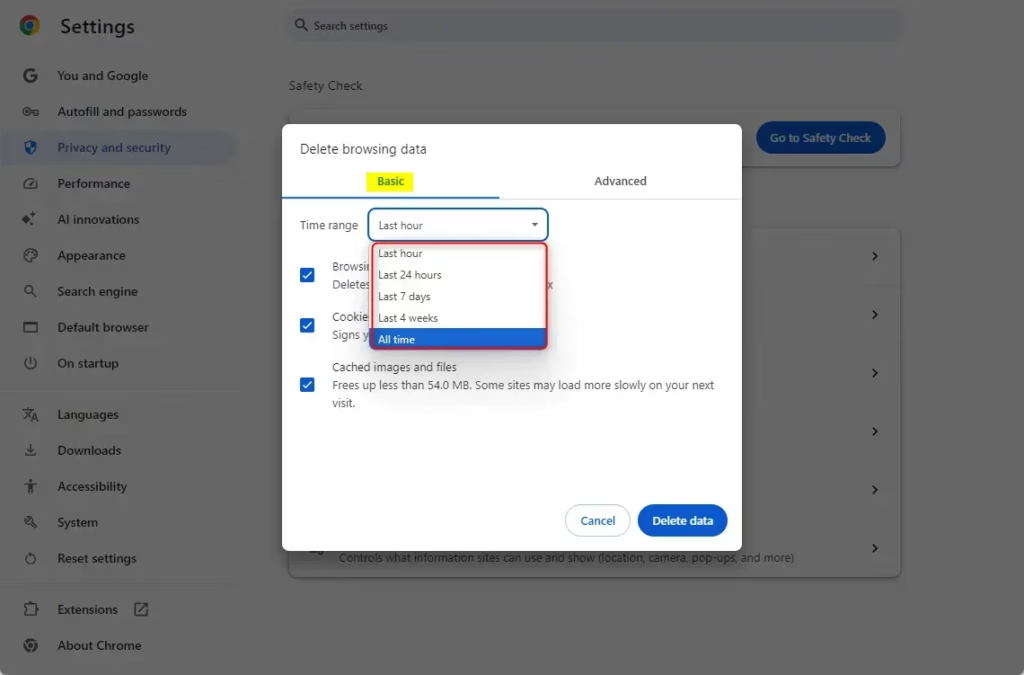
Under Advanced, you can select additional options like [Download history], [Passwords and sign-in data], [Autofill form data], and more.
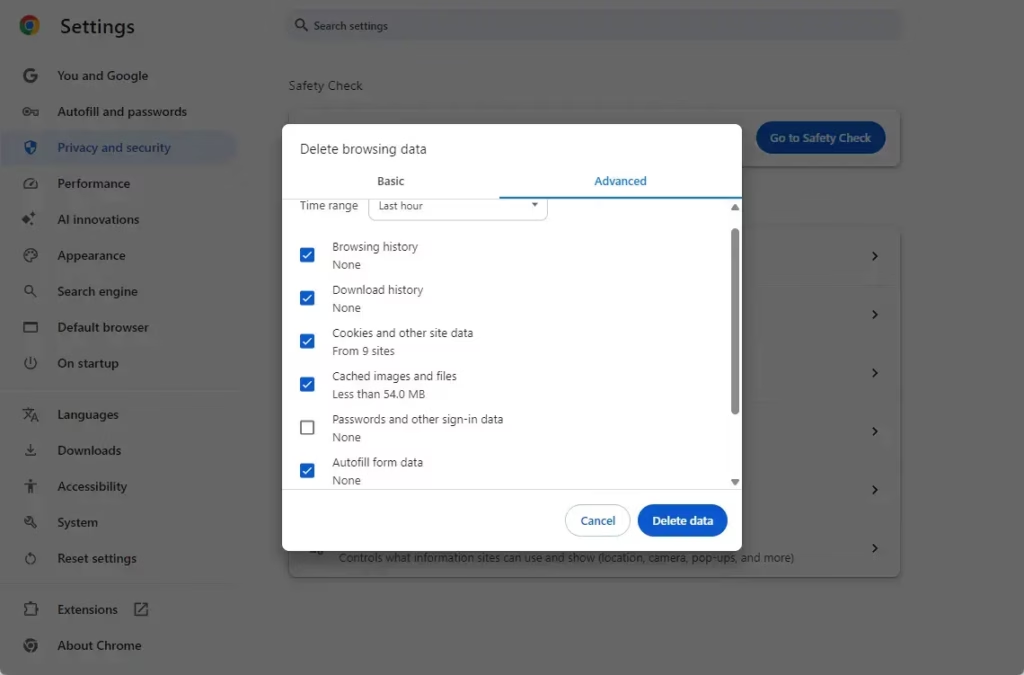
Click the Delete data button when you want to delete the data.
You can close the Chrome settings page when finished.
Conclusion:
- Deleting browser data in Google Chrome can enhance your browsing experience and protect your privacy.
- Regularly clearing data such as browsing history and cached files, could improve browser performance.
- Chrome allows for flexible data deletion options, enabling users to choose specific time frames and data types.
- Using Chrome’s privacy settings helps maintain control over your online information.
- For optimal results, consider establishing a routine for clearing your browser data.

Leave a Reply